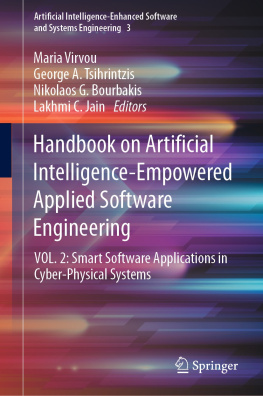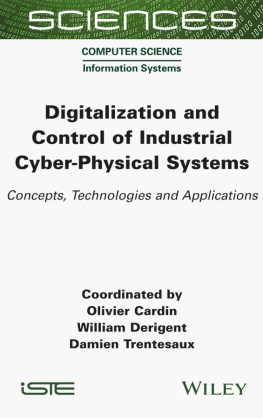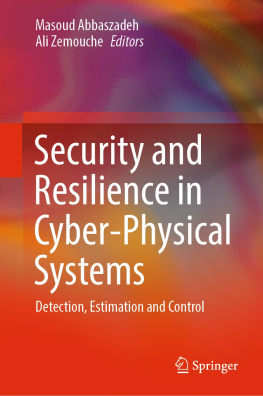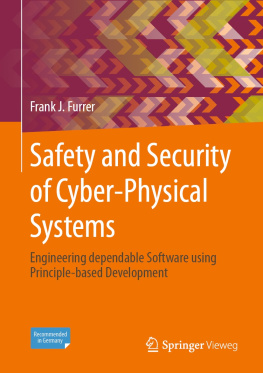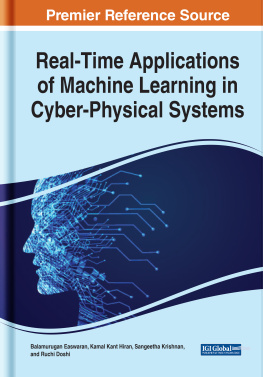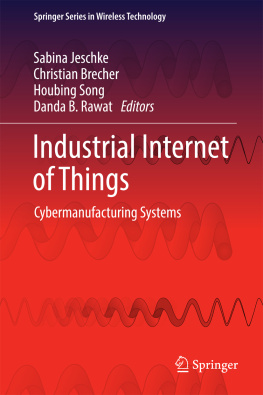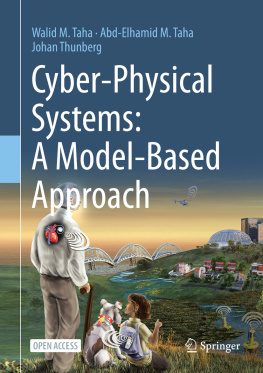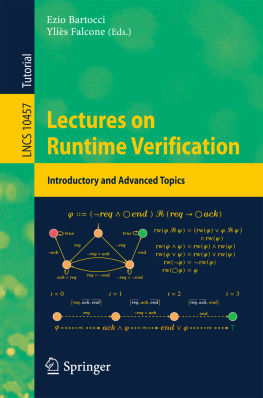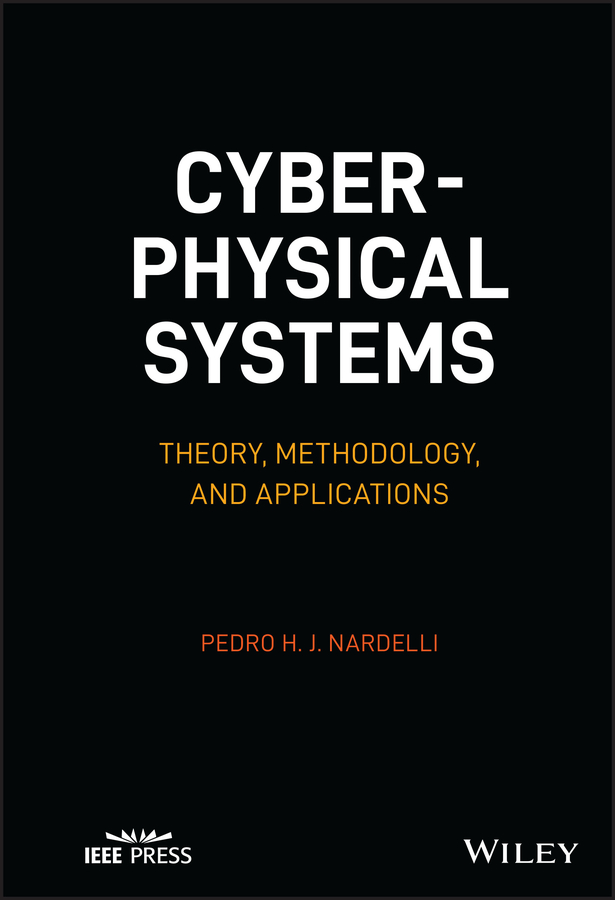Pedro H. J. Nardelli - Cyber-physical Systems: Theory, Methodology, and Applications
Here you can read online Pedro H. J. Nardelli - Cyber-physical Systems: Theory, Methodology, and Applications full text of the book (entire story) in english for free. Download pdf and epub, get meaning, cover and reviews about this ebook. City: Hoboken, year: 2022, publisher: Wiley-IEEE Press, genre: Computer / Science. Description of the work, (preface) as well as reviews are available. Best literature library LitArk.com created for fans of good reading and offers a wide selection of genres:
Romance novel
Science fiction
Adventure
Detective
Science
History
Home and family
Prose
Art
Politics
Computer
Non-fiction
Religion
Business
Children
Humor
Choose a favorite category and find really read worthwhile books. Enjoy immersion in the world of imagination, feel the emotions of the characters or learn something new for yourself, make an fascinating discovery.

- Book:Cyber-physical Systems: Theory, Methodology, and Applications
- Author:
- Publisher:Wiley-IEEE Press
- Genre:
- Year:2022
- City:Hoboken
- Rating:5 / 5
- Favourites:Add to favourites
- Your mark:
Cyber-physical Systems: Theory, Methodology, and Applications: summary, description and annotation
We offer to read an annotation, description, summary or preface (depends on what the author of the book "Cyber-physical Systems: Theory, Methodology, and Applications" wrote himself). If you haven't found the necessary information about the book — write in the comments, we will try to find it.
Provides a unique general theory of cyber-physical systems, focusing on how physical, data, and decision processes are articulated as a complex whole
Cyber-physical systems (CPS) operate in complex environments systems with integrated physical and computational capabilities. With the ability to interact with humans through variety of modalities, cyber-physical systems are applied across areas such as Internet of Things (IoT)-enabled devices, smart grids, autonomous automotive systems, medical monitoring, and distributed robotics. Existing engineering methods are capable of solving technical problems, yet the deployment of CPS in a net-enabled society requires a general theory of cyber-physical systems that goes beyond specific study cases and their associated technological development.
Cyber-physical Systems: Theory, Methodology, and Applications is a unique theoretical-methodological guide to assessing systems where complex information processing defines the behavior of physical processes. Using a systematic approach, the book describes the fundamentals of cybernetics, complexity sciences, system engineering, concepts of data and information, the data dissemination process, graph theory, and more. Readers are provided with the general theory, methodological framework, and analytical tools to assess and design CPS for applications in transport, energy, communication, health care, the military, and industry.
- Provides a framework for measuring the performance of different cyber-physical systems and assessing the potential impact of various cyber-threats
- Proposes a theory of CPS comprised of autonomous but interdependent physical, data, and regulatory layers
- Discusses decision-making approaches rooted in probability theory, information theory, complexity sciences, and game theory
- Helps readers perform a systemic impact evaluation of trending topics such as Artificial Intelligence, 5G, Energy Internet, blockchain, and data ownership
- Features extensive analysis of various cyber-physical systems across different domains
Cyber-physical Systems: Theory, Methodology, and Applications is a must-read for undergraduate and graduate students, researchers, and practitioners in electrical and computer engineering and other technical fields.
Pedro H. J. Nardelli: author's other books
Who wrote Cyber-physical Systems: Theory, Methodology, and Applications? Find out the surname, the name of the author of the book and a list of all author's works by series.

